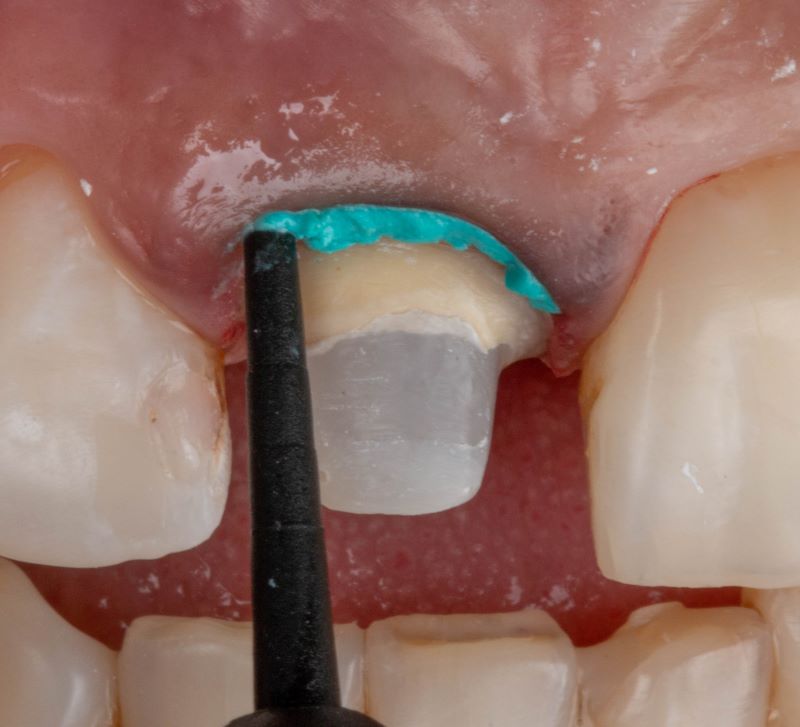
Be Cautious with Retraction Pastes
Lee Ann Brady, DMD
I’m a big fan of retraction pastes, which are aluminum-based hemostatic agents. Their attributes make them highly effective when I need them, but they are also technique sensitive.
- They are great for hemostasis within sixty seconds
- For a stringent retraction, you can leave them in place for two to five minutes
- They are so thick and viscous you can see them and easily rinse them off
- They do not cause prep discoloration like liquid hemostatic agents do
- They can interfere with the set of VPS or polyether impression materials but are less likely to do that than the liquids because they are so easily rinsed off
We must still be careful, though, to remove retraction paste from the sulcus. If residue is left behind, the impression material will not fully polymerize around the margin. So, while I love retraction pastes for hemostasis, I don’t use them unless I need them. I still prefer a two-cord technique using plain cord and epinephrine. When I do use a retraction paste, I am extremely methodical about rinsing the paste out of the sulcus.
Related Course
Mastering Dental Photography: From Start to Finish
DATE: October 29 2026 @ 8:00 am - October 31 2026 @ 12:00 pmLocation: The Pankey Institute
CE HOURS: 19
Regular Tuition: $ 2995
Single Occupancy with Ensuite Private Bath (per night): $ 355
Dental photography is an indispensable tool for a high level practice. We will review camera set-up and what settings to use for each photo. All photos from diagnostic series, portraits,…
Learn More>






